Summer Waxing Grandchildren Moon
We are well past midsummer here in the northern latitudes. The garden’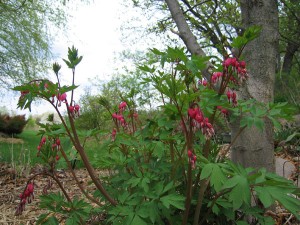 s peak bearing season will commence although we have already had blueberries, strawberries, raspberries, currants, garlic, lettuce, greens, onions, parsnips, beets and sugar snap peas. Ahead of us are tomatoes, green peppers, potatoes, more greens, onions, beets, lettuce, butternut squash, leeks, wild grapes and carrots plus the odd apple. Our orchard has a ways to go before it matures. And I have a ways to go before I can care for the fruit trees in the manner to which they need to become accustomed.
s peak bearing season will commence although we have already had blueberries, strawberries, raspberries, currants, garlic, lettuce, greens, onions, parsnips, beets and sugar snap peas. Ahead of us are tomatoes, green peppers, potatoes, more greens, onions, beets, lettuce, butternut squash, leeks, wild grapes and carrots plus the odd apple. Our orchard has a ways to go before it matures. And I have a ways to go before I can care for the fruit trees in the manner to which they need to become accustomed.
All of which opens up the purpose of this little experiment in permaculture and the tending of perennial flowers and plants. A long while back I bought three quarter-long horticulture classes from the University of Guelph in London, Ontario. It took me a while to complete it, maybe a year all told. The course helped me integrate and deepen what I’d learned by trial and error as I cared for the daffodils, tulips, day-lilies, hosta, croci, roses, trees and shrubs that then constituted our gardens.
In its salad days (ha, ha) the notion involved a root-cellar and the possibility of at least making it part way off the food grid. Fewer trips to the grocery store, healthier food, old fashioned preservation. A mix of back-to-the-land and exurban living on our own little hectare. Last year the notion began to include bee-keeping. Now called Artemis Hives.
As the reality of the size of our raised beds, the likely peak production of the fruits and vegetables possible has become clear to me, I have a more modest though not substantially different goal. We will eat meals with fresh produce and fruits during the producing part of the growing season. We will preserve in various ways honey, grapes, apples, pears, raspberries, strawberries, blueberries, tomatoes, potatoes, onions, garlic, squash, beets, greens and parsnips. These we will eat during the fallow days that begin as the garden goes into senescence in late August and early September and last through the first lettuce and peas of the next growing season. We will supplement these with greens grown hydroponically and use the hydroponics to start seeds and create transplants for 2011.
None of this will remove us in any major way from the store bought food chain. We will not solve or resolve much of our carbon footprint. But some. More than most perhaps, but far too little to claim even a modest victory. So, should we give up?
Not at all. Why? Well, there is a richer, deeper lesson here than living wholly off our own land. That lesson, taught again, day by day and week by week, and again, lies in the rhythm of the plants, the bees, the land and the weather. An old joke from the 50’s asked, “What do you call people who practice the rhythm method?” (Catholics at the time) Answer: “Parents.” The permaculture and perennial flowers here at Seven Oaks is a rhythm method. What do you call folks who practice this rhythm method? Pagans.
Ours is a life that flows in time with the seasonal music of the 45th latitude, the soil on our land, the particularities of the plants we grow, the energy of the bee colonies that work alongside us, the various animal nations that call this place home. This is the profound lesson of this place. Seven Oaks is a temple to the movement of heaven and the bees of Artemis Hives are its priestesses.
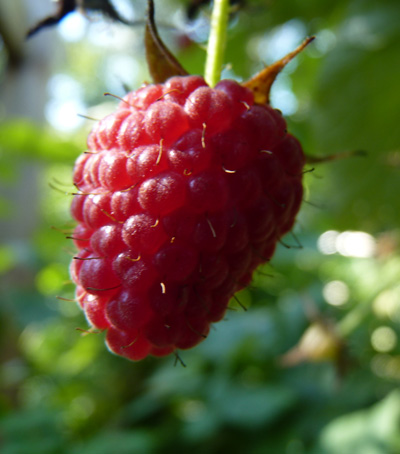
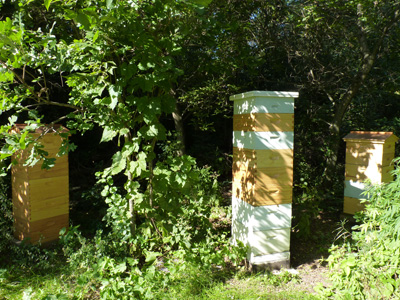
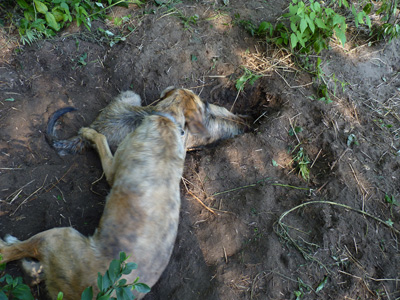
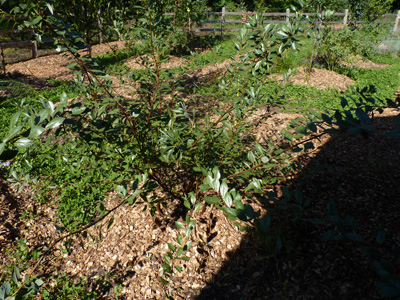
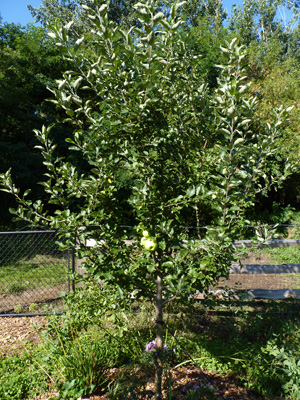
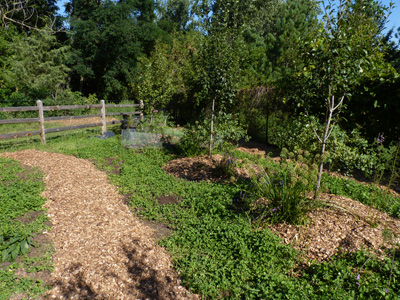
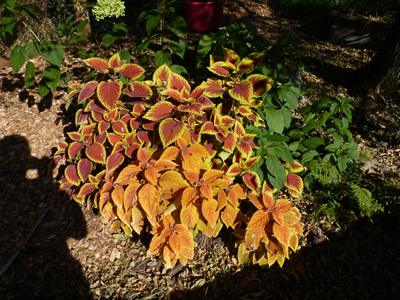
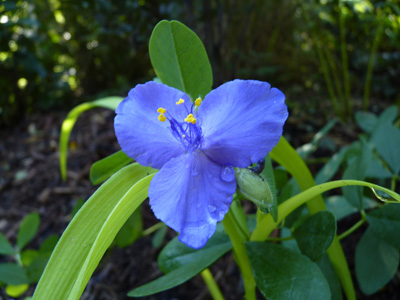

 s peak bearing season will commence although we have already had blueberries, strawberries, raspberries, currants, garlic, lettuce, greens, onions, parsnips, beets and sugar snap peas. Ahead of us are tomatoes, green peppers, potatoes, more greens, onions, beets, lettuce, butternut squash, leeks, wild grapes and carrots plus the odd apple. Our orchard has a ways to go before it matures. And I have a ways to go before I can care for the fruit trees in the manner to which they need to become accustomed.
s peak bearing season will commence although we have already had blueberries, strawberries, raspberries, currants, garlic, lettuce, greens, onions, parsnips, beets and sugar snap peas. Ahead of us are tomatoes, green peppers, potatoes, more greens, onions, beets, lettuce, butternut squash, leeks, wild grapes and carrots plus the odd apple. Our orchard has a ways to go before it matures. And I have a ways to go before I can care for the fruit trees in the manner to which they need to become accustomed.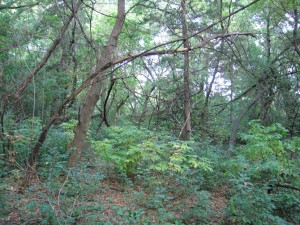 Summer New (Grandchildren) Moon
Summer New (Grandchildren) Moon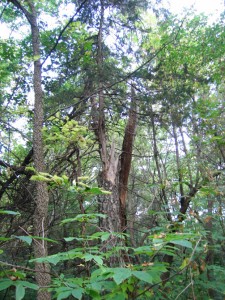 and other life forms will, perhaps, know no difference. If fact, if the house became abandoned, many of them would find a use for it as shelter, as a place to raise their families, perhaps as a source of food.
and other life forms will, perhaps, know no difference. If fact, if the house became abandoned, many of them would find a use for it as shelter, as a place to raise their families, perhaps as a source of food.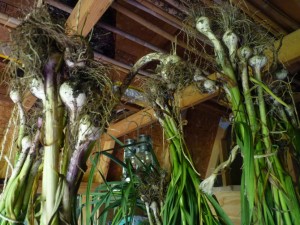 garlic in August. Over time the plants become acclimated to this particular place, its moisture rhythms and temperature variations. It is becoming what it is because of where it is. Just like me.
garlic in August. Over time the plants become acclimated to this particular place, its moisture rhythms and temperature variations. It is becoming what it is because of where it is. Just like me.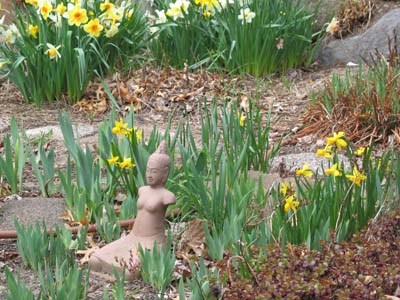 serious, important matters. Stop your pursuit of a mediocre gift. The tendency to judge our worth by the accumulation of things–a he who dies with the best toys wins mentality–presses us to pursue money or status, power, with all of our gifts. You may be lucky enough, as Kate is, to use your gifts in a pursuit that also makes decent money; on the other hand if your work life and your heart life don’t match up, you risk spending your valuable work time and energy in pursuit of a mediocre gift, hiding the sublime one from view.
serious, important matters. Stop your pursuit of a mediocre gift. The tendency to judge our worth by the accumulation of things–a he who dies with the best toys wins mentality–presses us to pursue money or status, power, with all of our gifts. You may be lucky enough, as Kate is, to use your gifts in a pursuit that also makes decent money; on the other hand if your work life and your heart life don’t match up, you risk spending your valuable work time and energy in pursuit of a mediocre gift, hiding the sublime one from view.